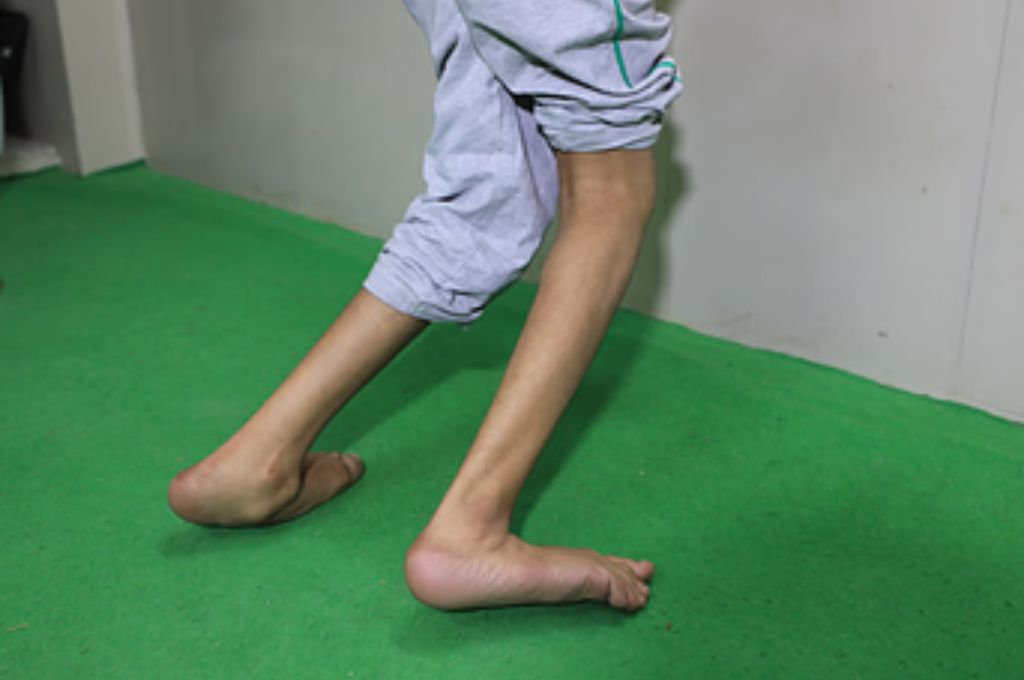Exploring Mixed Cerebral Palsy
Cerebral Palsy (CP) is a neurological condition that has been present since birth & affects movement and posture. Mixed Cerebral Palsy is a specific type of CP characterized by a combination of different kinds of movement disorders. This condition presents unique challenges and requires a tailored approach to management and care. This comprehensive guide will delve into the various aspects of Mixed Cerebral Palsy, including its definition, causes, symptoms, diagnosis, treatment options, and practical tips for living with this condition.
Mixed Cerebral Palsy Definition
Mixed Cerebral Palsy is a term used when an individual exhibits symptoms of more than one type of cerebral palsy. Cerebral Palsy is a group of disorders affecting a person’s ability to move and maintain balance and posture. The mixed subtype often involves a combination of spastic, along with one of the other varieties, including athetoid, dystonic, or other forms of CP, leading to a complex set of motor impairments.
Mixed Cerebral Palsy Causes
The underlying causes of Mixed Cerebral Palsy are similar to those of other forms of CP and can be attributed to damage or abnormalities in the developing brain. These disruptions can occur during pregnancy, childbirth, or early years of a child’s life. Some common causes include:
Prenatal Factors
Infections, maternal health issues, genetic factors, or exposure to toxins or drugs during pregnancy can contribute to brain development abnormalities.
Perinatal Factors
Complications during childbirth, such as asphyxia, high bilirubin level, or trauma, may lead to brain damage.
Postnatal Factors
Infections, head injuries, or certain medical conditions during infancy can contribute to the development of Mixed Cerebral Palsy.
Mixed Cerebral Palsy Symptoms
The symptoms of Mixed Cerebral Palsy vary depending on the types of movement disorders present. Common signs and symptoms include:
Spasticity
Stiff muscles and exaggerated reflexes.
Athetosis
Involuntary, slow, writhing movements.
Dystonia
Twisting movement with abnormal posture
Mixed Movements
A combination of spastic, athetoid, or dystonic movements makes motor control more challenging.
Mixed Cerebral Palsy Diagnosis
Diagnosing Mixed Cerebral Palsy involves a thorough examination by healthcare professionals, including neurologists, pediatricians, pediatric orthopedic surgeons, and developmental specialists. Various diagnostic tools may be employed, such as:
Clinical Assessment
Evaluation of the child’s motor skills, muscle tone, and reflexes.
Imaging Studies
MRI or CT scans to identify abnormalities in the brain structure.
Developmental History
Understanding the child’s developmental milestones and any delays.
Mixed Cerebral Palsy Treatment Options
Management of Mixed Cerebral Palsy is multidisciplinary, involving a team of healthcare professionals, therapists, and educators. The goal is to improve individuals’ quality of life and maximize their independence. Treatment options may include:
Physical Therapy
Physical therapy improves muscle strength, flexibility, and overall motor function.
Occupational Therapy
Occupational therapy Aims to enhance daily living skills and independence.
Speech Therapy
Addresses verbal communication and swallowing difficulties.
Medications
Prescribed to manage spasticity or other related symptoms.
Orthopedic Interventions
Surgeries or orthopedic devices may be recommended to address musculoskeletal issues.
Practical Tips for Living with Mixed Cerebral Palsy
Adaptive Equipment
Explore the use of assistive devices and adaptive equipment to promote independence.
Inclusive Education
Ensure access to inclusive educational environments that cater to the child’s unique needs.
Supportive Networks
Build a strong support system involving family, friends, and community resources.
Regular Medical Follow-ups
Schedule regular check-ups with healthcare professionals to monitor the individual’s overall health and adjust the treatment plan as needed.
Emotional Support
Recognize and address individuals’ emotional and psychological well-being with Mixed Cerebral Palsy, providing encouragement and positive reinforcement.
How to Prevent Mixed Cerebral Palsy
While it may not always be possible to prevent Mixed Cerebral Palsy, certain measures can reduce the risk of its occurrence or severity. Key prevention strategies include:
Prenatal Care
Early and regular prenatal care is crucial. Proper medical supervision during pregnancy can help identify and address potential risk factors. Avoid taking any drugs without expert opinion. God’s nutrition is the key to a high chance of risk-free delivery.
Vaccinations
Ensuring that mothers are up-to-date on vaccinations can prevent certain infections contributing to cerebral palsy.
Avoiding Toxins
Pregnant women should avoid exposure to harmful substances such as alcohol, tobacco, and certain medications that may increase the risk of developmental issues.
Genetic Counselling
Families with a history of genetic disorders or those with concerns about genetic factors should consider genetic counseling to understand potential risks.
What are the Risk Factors of Mixed Cerebral Palsy
Several factors increase the risk of developing Mixed Cerebral Palsy. Recognizing these risk factors can contribute to early intervention and management. Common risk factors include:
Premature Birth
Babies born prematurely are at a higher risk due to the underdeveloped nature of their organs and systems, including the brain.
Low Birth Weight
Babies with low birth weight may face increased challenges as their organs, including the brain, might not have developed fully.
Infections during Pregnancy
If contracted during pregnancy, certain infections can lead to complications affecting the developing fetus.
Multiple Births
Twins, triplets, or higher-order multiples have a higher risk of cerebral palsy, especially if they are born prematurely.
Rh Incompatibility
Incompatibility between the mother’s and baby’s blood types can lead to complications.
Jaundice and Kernicterus
Severe jaundice that goes untreated can lead to a type of brain damage known as kernicterus, which increases the risk of cerebral palsy.
Emotional and Social Support
Living with Mixed Cerebral Palsy can be emotionally challenging, both for individuals and their families. Providing emotional and social support is crucial for overall well-being:
Counselling Services
Access to counseling services can help individuals and families cope with the emotional impact of living with a complex condition.
Community Engagement
Encourage participation in community activities and events that promote social inclusion and support networks.
Advocacy
Advocate for the rights and inclusion of individuals with disabilities in schools, workplaces, and communities.
Peer Support Groups
Joining support groups can connect families facing similar challenges, fostering a sense of community and shared experiences.
Seeking Specialized Care
If you or a loved one is dealing with Mixed Cerebral Palsy, it’s essential to connect with specialized healthcare professionals and treatment centers. These professionals can provide personalized care plans and support tailored to the unique needs of individuals with this complex condition.





